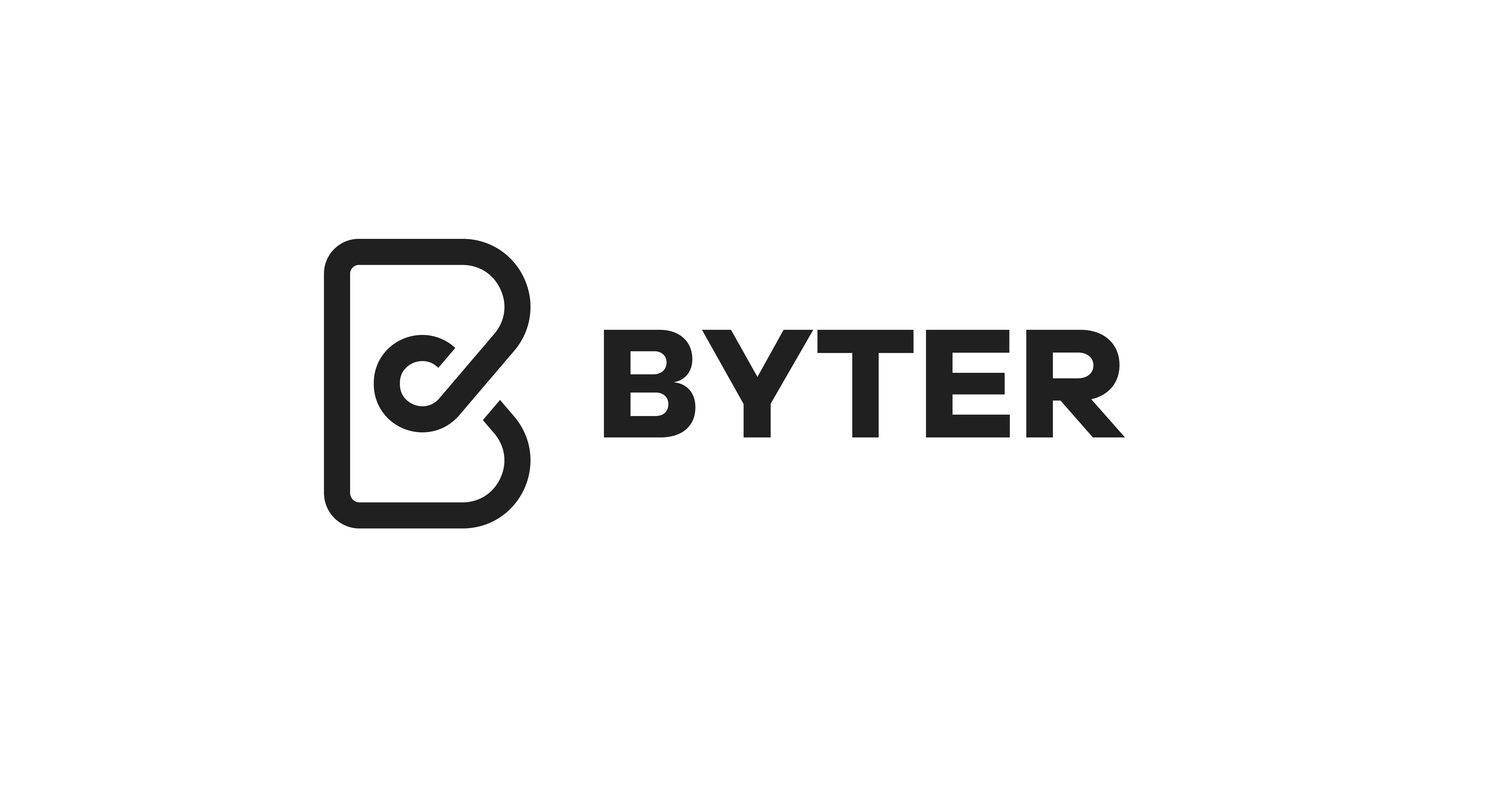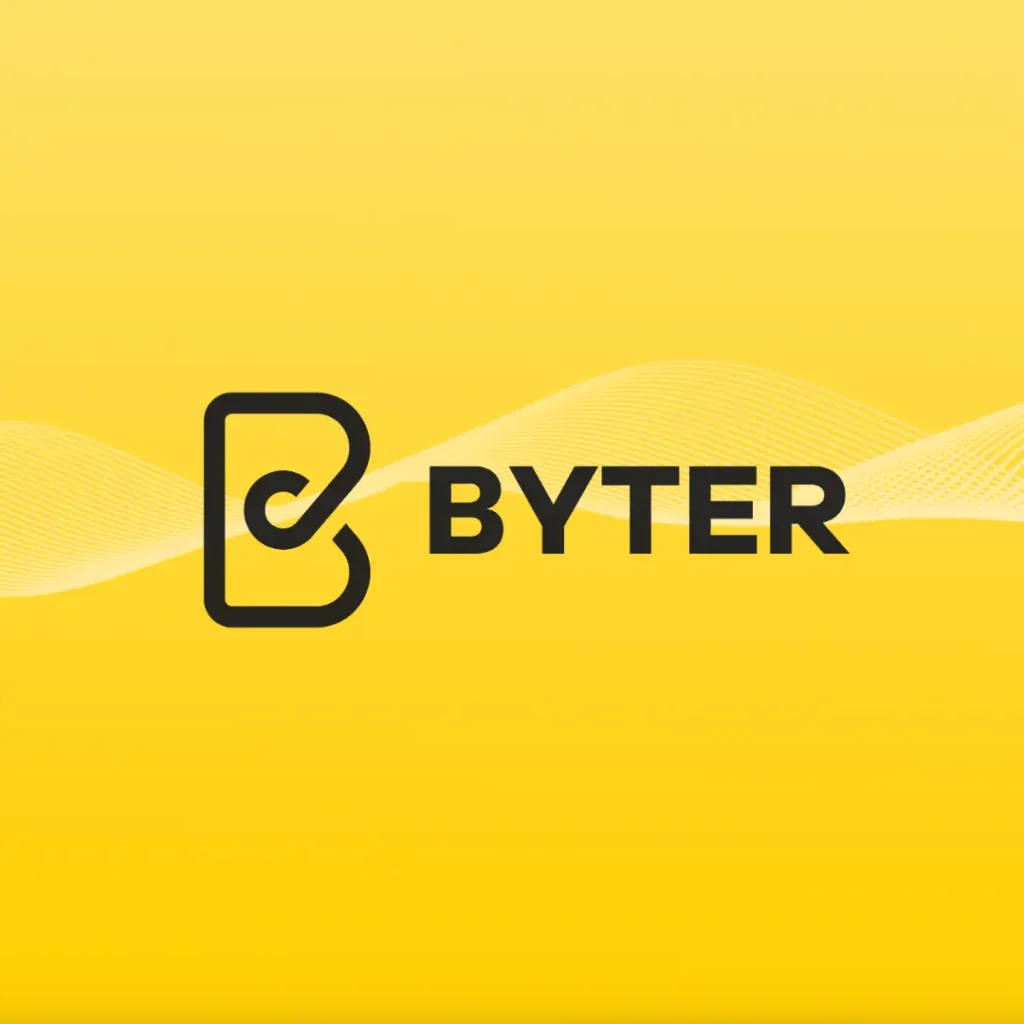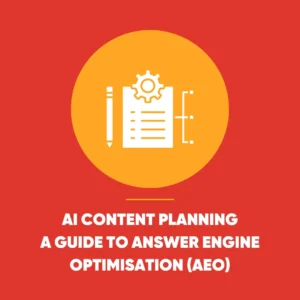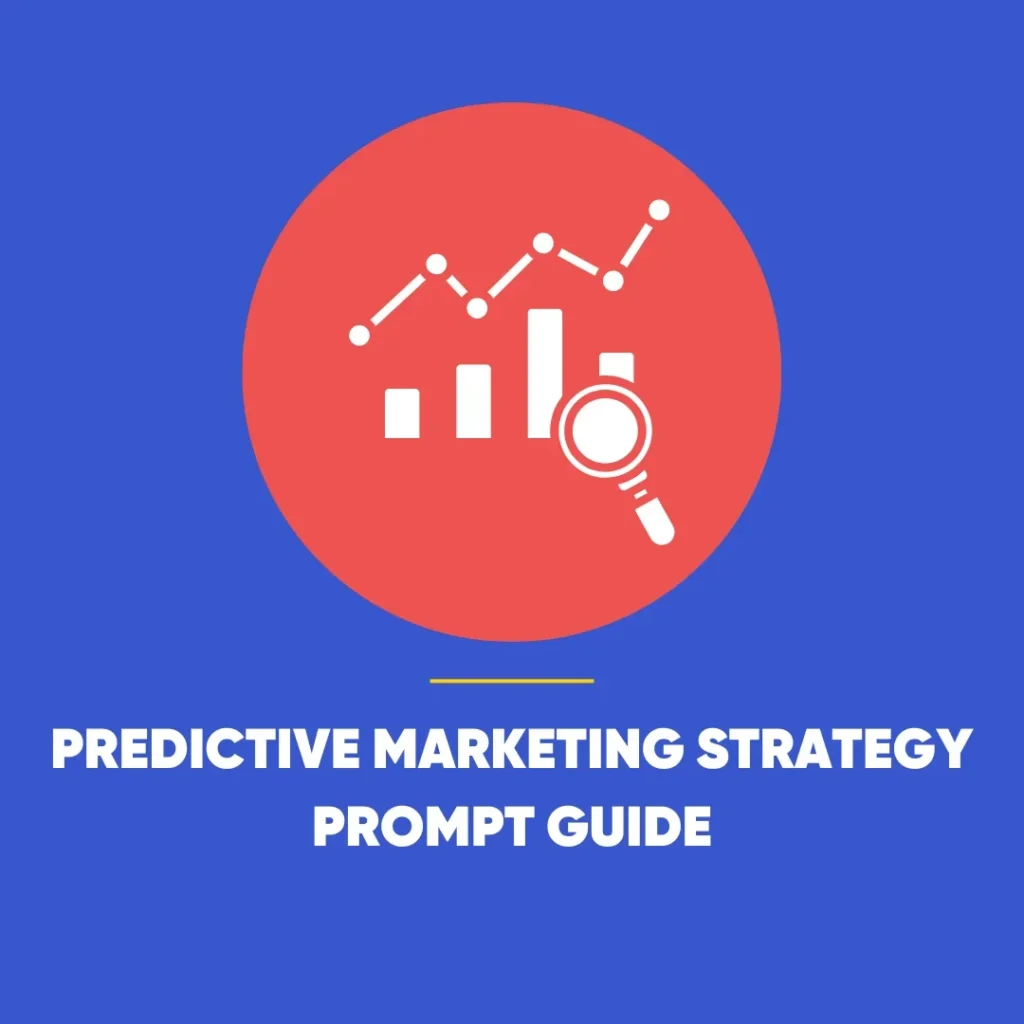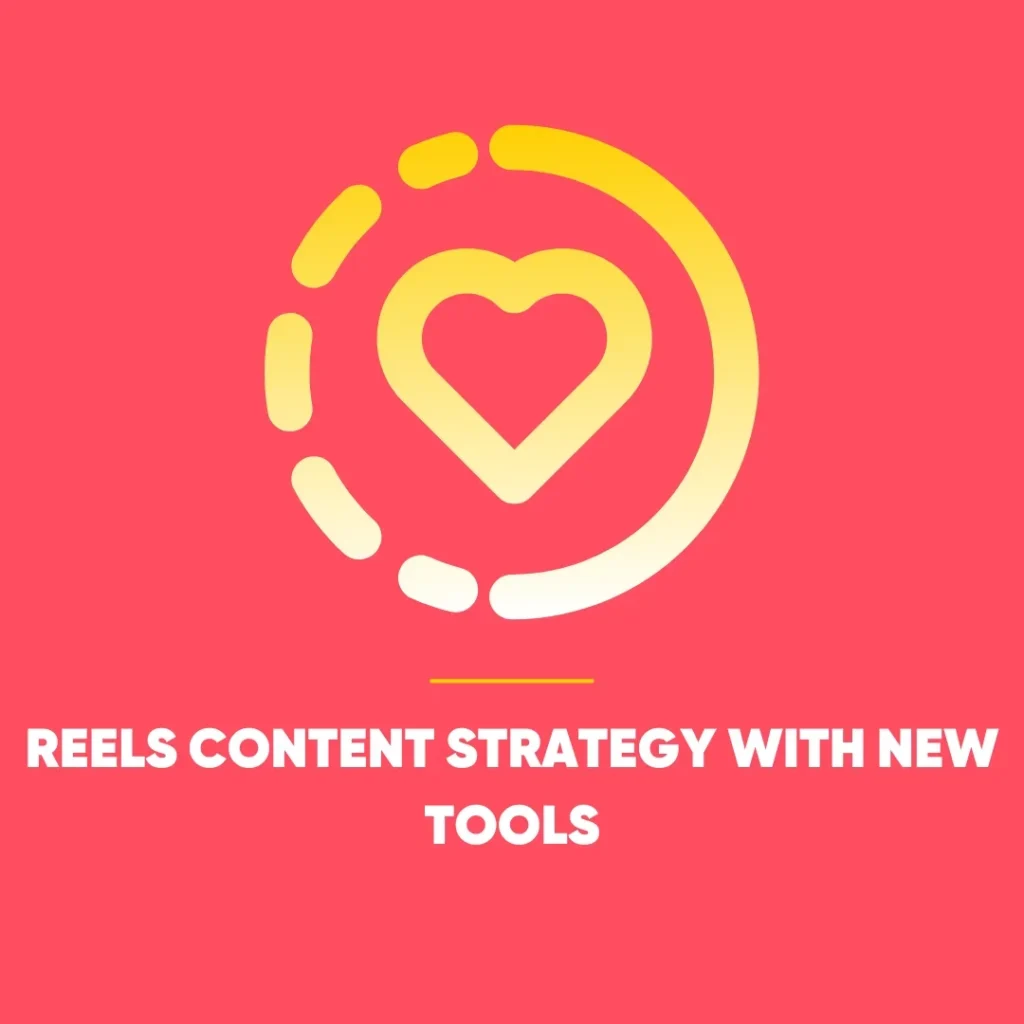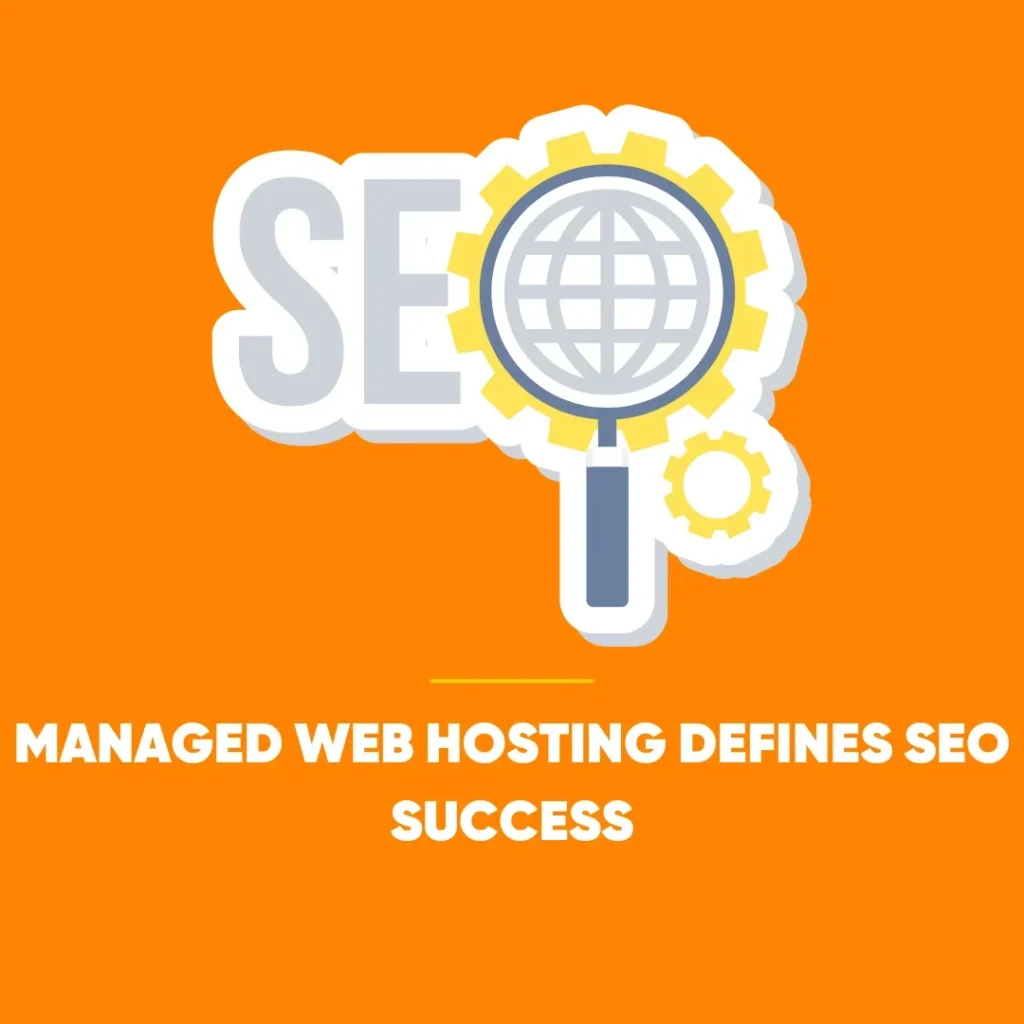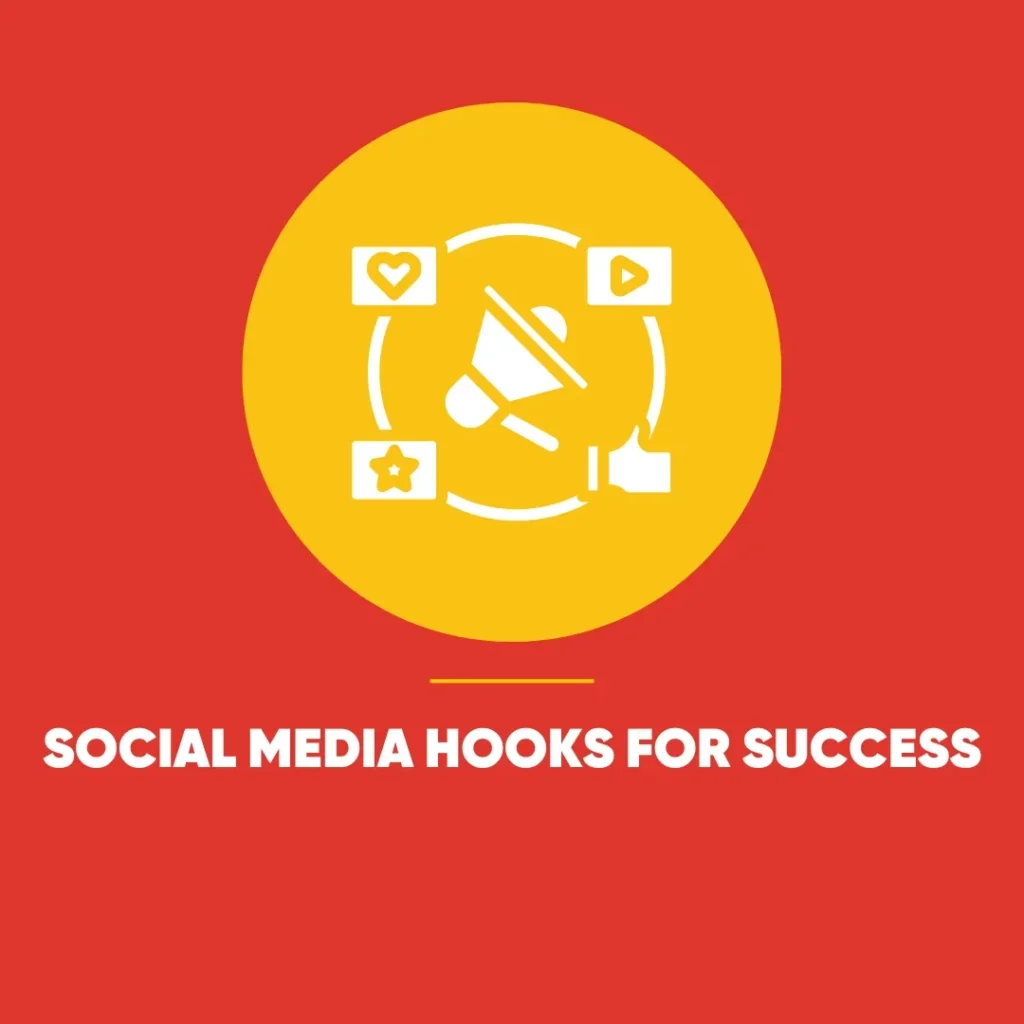Influencer Campaign Timeline: Why It Matters
An influencer campaign timeline helps modern brands run smooth, effective collaborations that stay on track and deliver results. With multiple parties involved – from brand teams to creators to legal departments – there’s a lot that can go wrong without a clear structure in place.
Planning each phase of an influencer campaign helps avoid miscommunication, missed deadlines, and misaligned expectations. But more than that, it paves the way for successful partnerships and high-impact content.
The Importance of a Well-Planned Timeline
A detailed timeline does more than just organise tasks – it keeps campaigns on track and stress levels down. When every participant knows what’s expected and when, the process becomes more efficient and far less prone to errors.
Failing to set clear deadlines often results in rushed work, last-minute changes, or even the need to redo content entirely. This is not only frustrating for influencers but costly for brands.
By contrast, a structured timeline builds mutual trust and leaves room for creativity while ensuring all parties are aligned on goals, content, and deadlines.
The Evolution of Influencer Campaigns in 2025
 Influencer campaign timelines have evolved significantly, shaping how brands and creators collaborate in today’s fast-moving digital landscape. What used to be basic content partnerships has evolved into multifaceted collaborations enhanced by technology. Artificial intelligence, automation tools, and advanced analytics now inform everything from influencer selection to content planning and performance tracking.
Influencer campaign timelines have evolved significantly, shaping how brands and creators collaborate in today’s fast-moving digital landscape. What used to be basic content partnerships has evolved into multifaceted collaborations enhanced by technology. Artificial intelligence, automation tools, and advanced analytics now inform everything from influencer selection to content planning and performance tracking.
The rise of immersive formats like augmented and virtual reality also presents new possibilities for audience engagement. And modern collaboration tools have streamlined workflows, helping brands and influencers work more closely, even across time zones.
In this rapidly shifting landscape, timelines have never been more vital – they bring structure to an otherwise fast-moving and fragmented space.
A Step-by-Step Guide to Building a Campaign Timeline
While no two campaigns are the same, here’s a foundational approach brands can customise to suit their needs.
1. Define Goals & Strategy (1–2 Weeks)
Before scouting creators, define goals clearly – an influencer campaign timeline depends on strong objectives to guide every stage. Whether it’s raising brand awareness, increasing sales, or building community engagement, these objectives shape every decision that follows.
Key performance indicators (KPIs) should also be defined early – impressions, reach, click-through rates, or conversions, depending on the campaign type. It’s equally important to identify the target audience and choose the right platform accordingly. A campaign designed for TikTok, for instance, may focus on quick, viral content, whereas YouTube offers a space for long-form storytelling.
2. Source and Vet Creators (1–2 Weeks)
Finding the right creators is both an art and a science. Beyond follower count, brands should assess content style, audience demographics, engagement levels, and values alignment.
Sometimes a cluster of niche influencers delivers better ROI than one macro creator. Once a shortlist is ready, reach out with an initial proposal and a few campaign ideas. Gauge interest, availability, and compatibility before proceeding to the contractual stage.
Always allow time for negotiation and have contracts reviewed by legal before finalising any agreements.
3. Develop Briefs & Align Creatively (1 Week)
Once creators are confirmed, it’s time to share the creative brief. This should include campaign goals, brand messaging, tone of voice, deliverables, deadlines, and any non-negotiables. Clarity is key – but so is flexibility. Creators should have room to inject their personal style into the content.
A kick-off call or video meeting can also be useful at this stage to clear up any confusion and reinforce key expectations.
4. Content Creation (1–3 Weeks)
Production timelines vary depending on content type. A quick Reel might be turned around in a day, while a professionally shot YouTube review could take a week or more.
Discuss timeframes with each influencer and build in buffer time for edits. Keep in mind that user-generated content (UGC), which the brand repurposes, may require different treatment than sponsored content published on the creator’s own channels.
5. Approvals & Edits (3–5 Days)
Once content is submitted, the review phase of your influencer campaign timeline ensures quality, brand alignment, and timely approvals. This step is crucial and should never be rushed. Content should meet brand guidelines, resonate with the intended audience, and comply with any legal or platform requirements.
Using tools like Google Drive or Notion can simplify the approval process, allowing teams and creators to exchange feedback quickly and transparently.
6. Launch & Go-Live (1 Week)
Now it’s showtime. Timing is everything – consider launching in conjunction with a product drop, seasonal event, or promotional campaign for greater impact.
Scheduling content in advance using a social media calendar helps ensure everything runs smoothly. It also allows for strategic cross-platform amplification, giving campaigns maximum visibility.
7. Measure, Analyse, Optimise (1–2 Weeks Post-Launch)
After the content goes live, performance tracking begins. Monitor reach, engagement, and traffic to determine how well the campaign performed against initial KPIs.
Analytics should inform future campaigns: What worked? What didn’t? Which influencers delivered the strongest results? Repurpose top-performing content and build on those insights in future collaborations.
Tailoring Timelines to Campaign Types
 Not all campaigns follow the same structure, so tailoring your influencer campaign timeline is key to achieving success. Here’s how timelines can shift depending on campaign type and platform:
Not all campaigns follow the same structure, so tailoring your influencer campaign timeline is key to achieving success. Here’s how timelines can shift depending on campaign type and platform:
Short-Term vs. Always-On Campaigns
- Burst campaigns focus on quick wins – such as launching a new product or promoting an event. They usually run for a few weeks and demand fast-paced planning and execution.
- Always-on campaigns, on the other hand, are ongoing efforts that aim to build long-term visibility and brand loyalty. These tend to be less intense but require a consistent stream of content.
Platform Considerations
Each platform has its own pace and creative demands:
- TikTok trends come and go rapidly – quick production and daily posts may be needed.
- Instagram Stories and Reels have a short lifespan, requiring volume and agility.
- YouTube videos take longer to produce but offer greater storytelling depth.
- Threads (or X) may require daily check-ins and frequent community engagement.
Tools to Keep Campaigns on Track
The right tools streamline every stage of an influencer campaign timeline, making complex campaigns easier to manage and execute. Here are a few essentials:
- Project management tools (like Asana or Trello) to coordinate tasks and approvals.
- File-sharing platforms (e.g., Google Drive) for storing and reviewing content.
- Communication tools (like Slack) to centralise discussions and reduce delays.
- Influencer marketing services that manage influencer relationships and timelines on your behalf.
Expert Tips for Sticking to Your Schedule
- Buffer time is essential. Creators may face unexpected delays, and edits are common. Build in extra days at each stage.
- Confirm availability early. Influencers often juggle multiple campaigns. Lock in timelines with signed agreements.
- Avoid launching during peak seasons. Holidays can lead to overcrowded timelines and reduced availability.
- Be transparent with expectations. A well-written brief avoids unnecessary revisions and maintains campaign integrity.
Final Thoughts
Influencer campaigns thrive on structure, and a well-planned timeline is the foundation of that success. From early strategy to post-launch analysis, each phase builds towards a campaign that’s not just efficient – but impactful.
Whether a brand runs everything in-house or partners with an agency, respecting the process and allowing time for quality creation will always yield better results. Timelines aren’t just about deadlines – they’re about setting everyone up to succeed.
